Karakol
Karakol
Karakol is a small quiet city in the south-east corner of Lake Issyk Kul. It is the fourth largest city in Kyrgyzstan and it is the administrative center of the Issyk Kul area. Karakol is a good base for exploring the eastern and southern parts of Issyk Kul and even more for the great hiking and trekking destinations nearby the town going deep into the Tian Shan mountains. There are several gorges and valleys nearby to be explored and skiing centers to visit during the wintertime and for this reason Karakol has become the center of Kyrgyzstan’s winter tourism with Karakol skiing center as the top 1 winter destination. In this region, the skiing season also lasts longer than in other skiing centers of Central Asia. Karakol is included in many of our Kyrgyzstan tours.
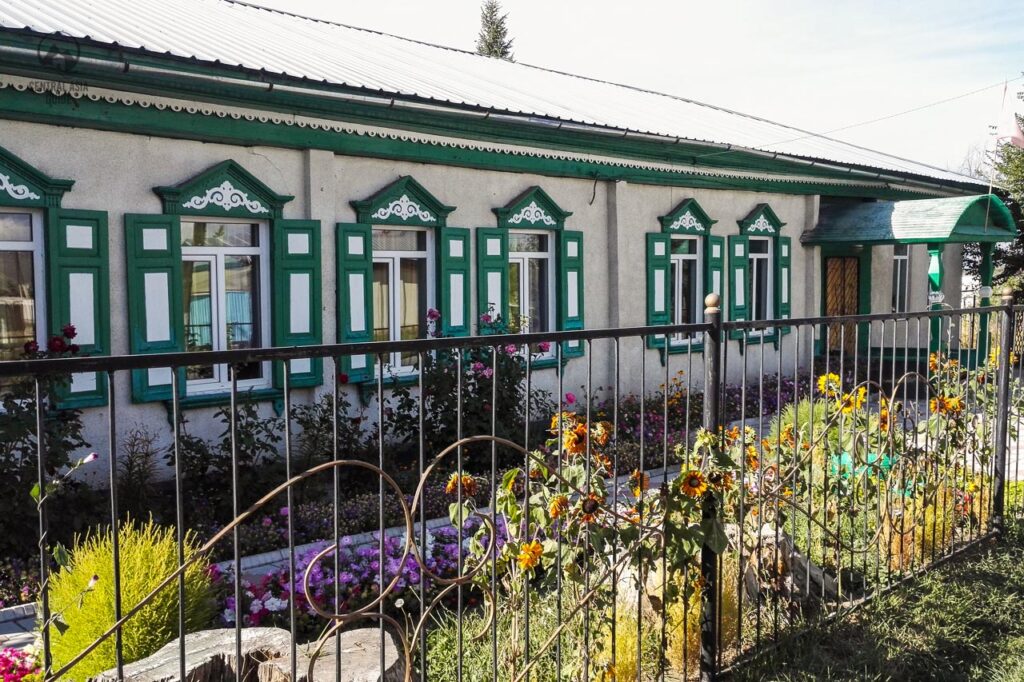
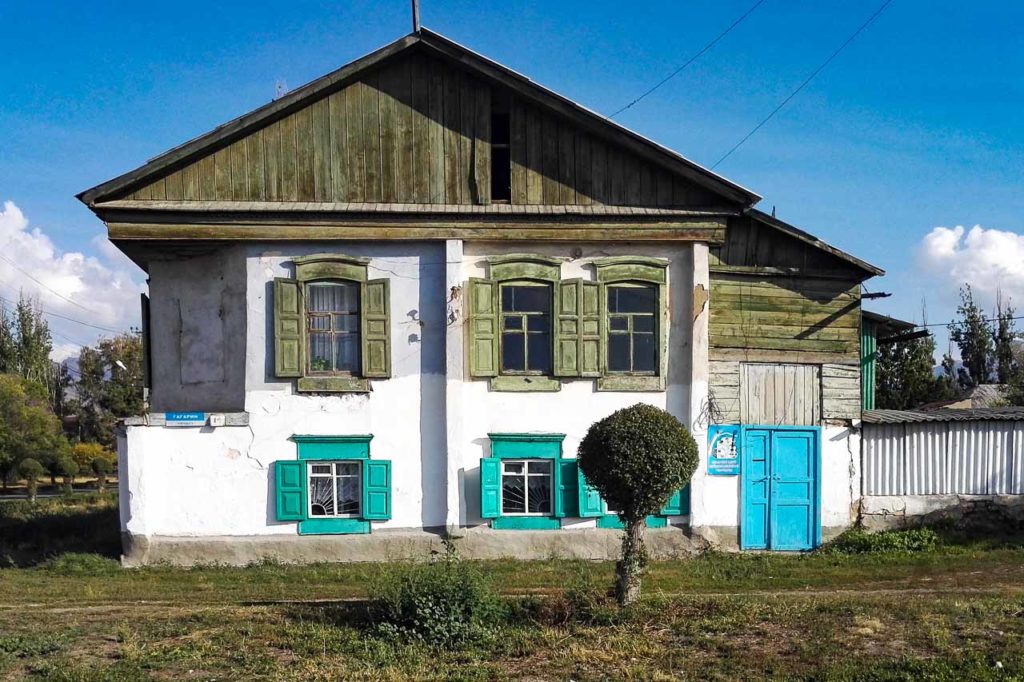
Karakol is also a culturally diverse city and in addition to Kyrgyz and Russian, you can meet Dungan, Uighur, and Kalmyk people. For a tourist, the diversity can be seen especially in the foods available, making Karakol also a culinary destination, and in the religious buildings of the town. Karakol is mostly filled with old-style wooden or brick made, 1 or 2-floor “gingerbread” houses and has a certain kind of nice small-town feeling into it. Check especially the southern parts of the town to enjoy the old wooden built Russian town feeling. During the last years, more and more coffee shops and restaurants have also appeared for tourists and more and better quality hotels and hostels are available.
If you are planning a visit to for example Jyrgalan, Altyn Arashan or the Ala-Kul lake, Karakol is the best base in this part of Kyrgyzstan. There are also several hot springs in the region easily visited from karakol.
Karakol Sights
If you happen to be in Karakol early Sunday morning, it’s a good idea to visit the local animal market about two kilometers walk from the city center. Animals are sold after haggling and transported in imaginary ways by their new owners. Make sure that you are there early enough as it tends to be all over already after 10.00. The market is a great place to take photographs of animals and people still wearing their traditional hats and other clothing and to then continue to see the other Karakol sights.
Karakol Dungan mosque
The Dungan mosque is probably the most intriguing sight of Karakol. Women must cover themselves while visiting. Blue special clothes are provided for the purpose at the entrance. The mosque is made almost entirely out of wood, hasn’t got a single nail in it and is painted with colorful paints. The mosque differs a lot from the other mosques in Kyrgyzstan and in fact a lot of Chinese and Buddhist influence can be seen in it and it resembles more a pagoda or a Mongolian Buddhist temple.
It is actually not that surprising as the mosque was built originally by the Dungans who fled to Karakol area from China and were originally Buddhist. There is also something similar with the Karakol Dungan mosque with the Chinese affected Zharkent mosque in Eastern Kazakhstan.
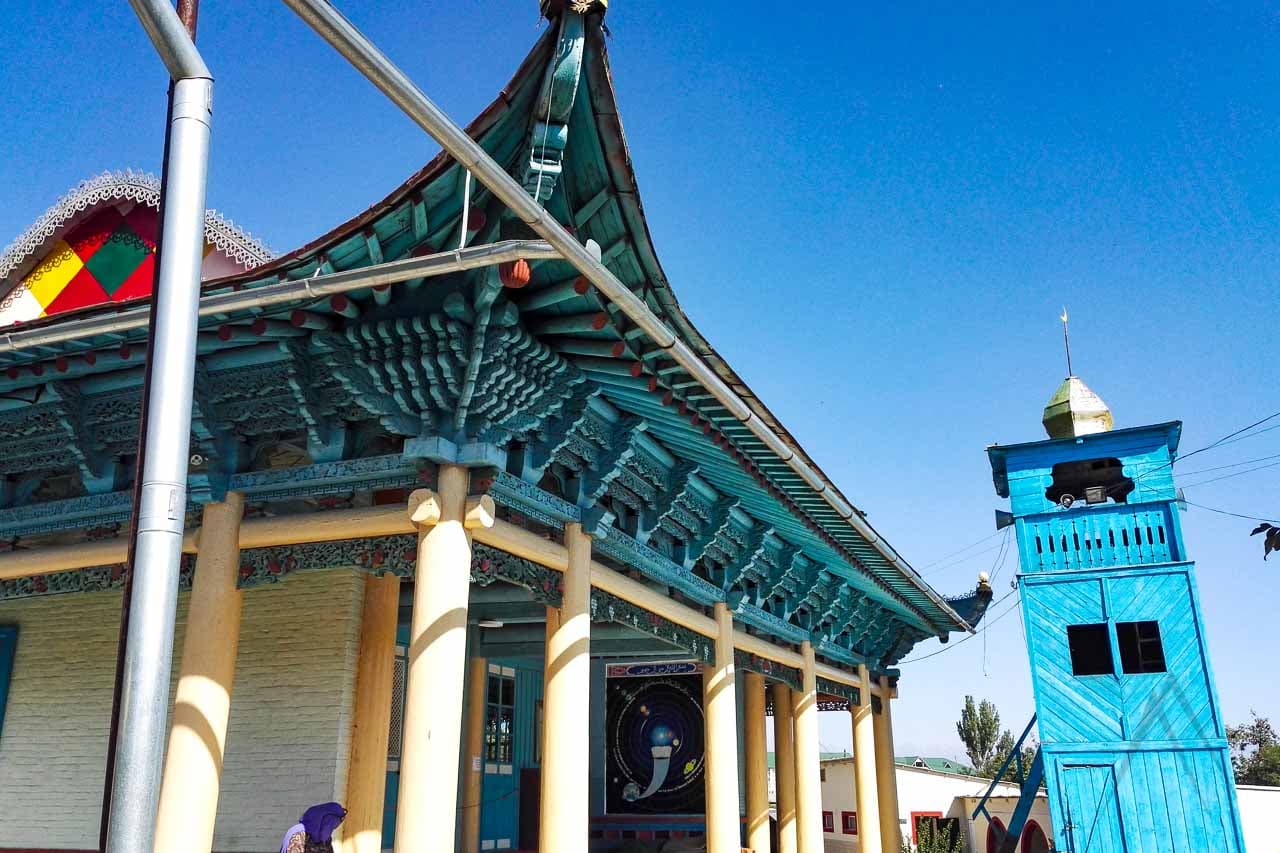
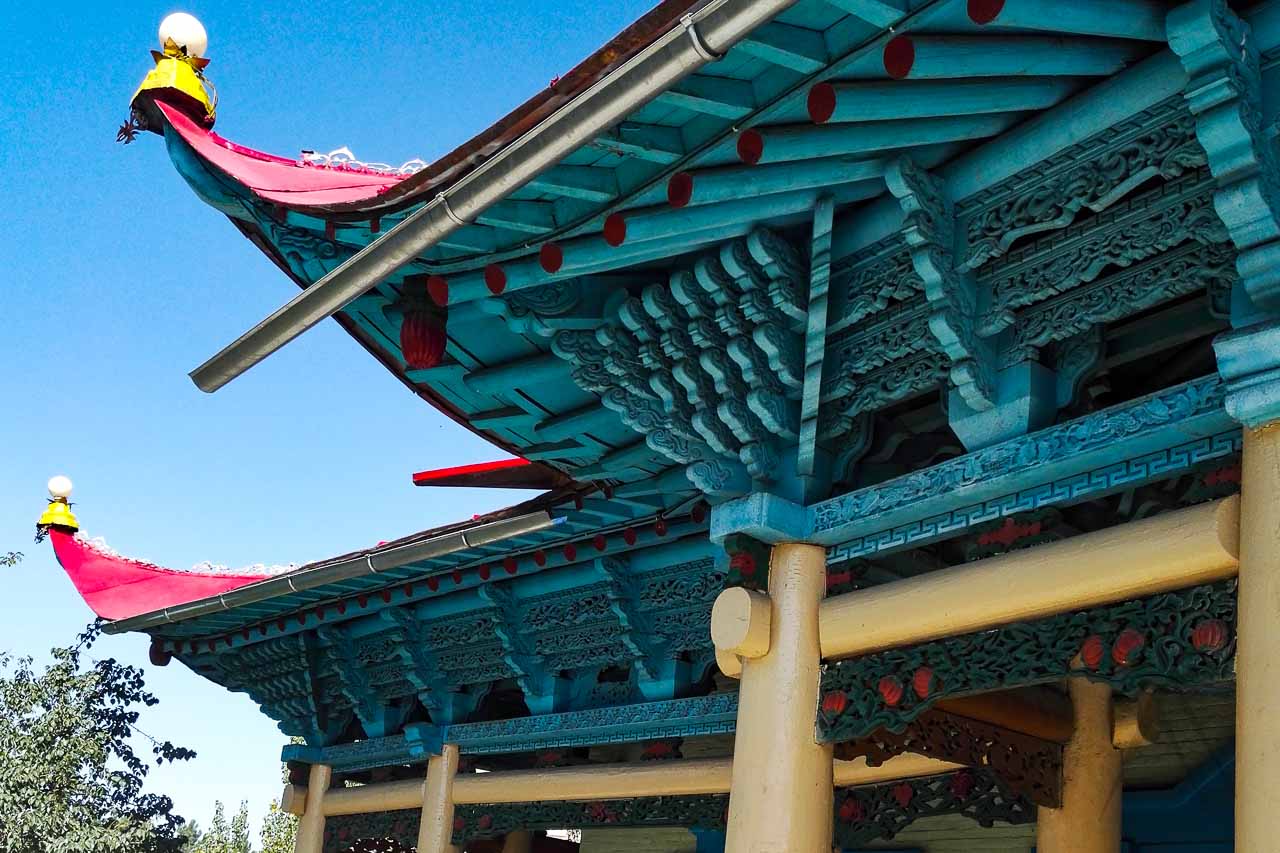
Karakol Pushkin park
Pushkin park is located in the southeast part of Karakol, nearby the stadium area. It is the largest park in the town with a lot of grassy areas and old trees giving shade. There are several old monuments and statues that you can inspect and also a very Soviet vibes giving amusement park. The aims in the bb guns are a way off if you decide to give a try. There is also a victory park with the eternal fire and a statue of woman holding a sword further East for the more hungry of Soviet parks. Bikes are also available for rent in several places in Karakol and are a good way to explore the town.
Other parks to see in Karakol are the victory park and the Karakol river park. Victory park is located in the eastern part of the city center and the riverside park south – southwest from the city center, along the Karakol river.
Karakol Holy Trinity Cathedral
The wooden orthodox church called the Holy trinity cathedral has been built at the place of stone made church and was completed in 1895. The church resembles several Russian churches a lot due to its wooden colored walls and the light blue or green “Soviet” colored dome shafts. The greatest treasure of the church is an icon of the Virgin that came from the monastery of Svety Mys near Tyup, where the monks were savagely murdered in 1916 at the time of the eve of the revolution in the Russian empire.

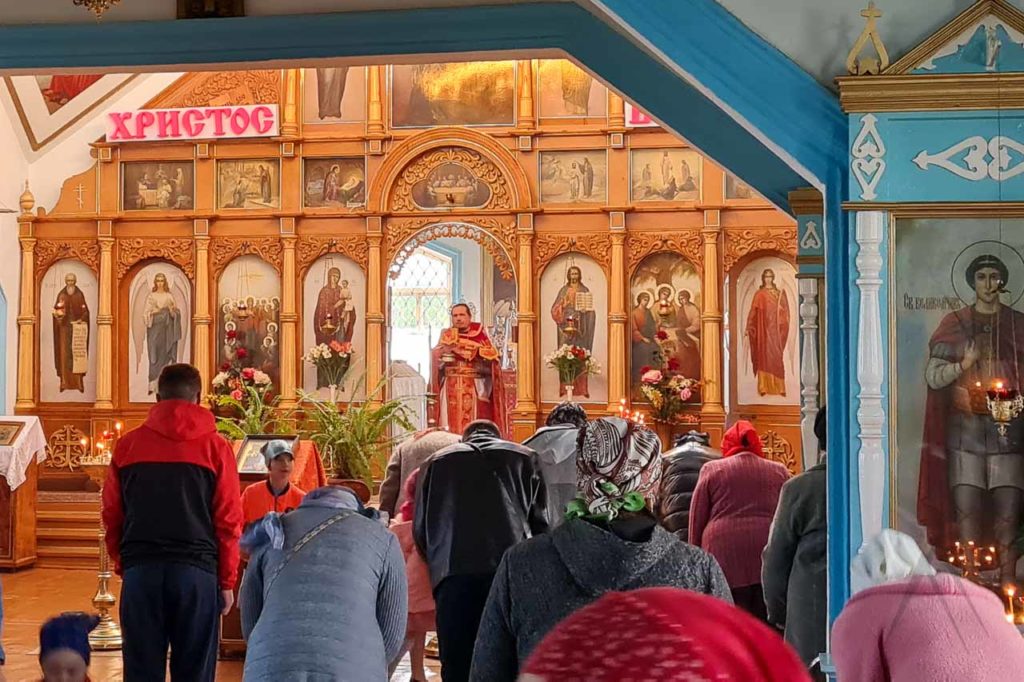
Karakol Historical Museum
Karakol historical museum is located in one of the old style gingerbread buildings, a little bit away from city center, towards south on a quiet street. Inside there are artifacts from old times, animals of the Issyk Kul area and some photograph exhibitions as well. The photograph exhibition by a woman that traveled through Central Asia about 100 years ago is probably the highlight of the Karakol museum.
A small museum with nothing that special but you can spend there an hour easily with the local wildlife, old photographs from the Russian empire times, Kyrgyz relics from the Issyk Kul area and Scythian artifacts that are nicely displayed, but explanations are mostly only in Russian.
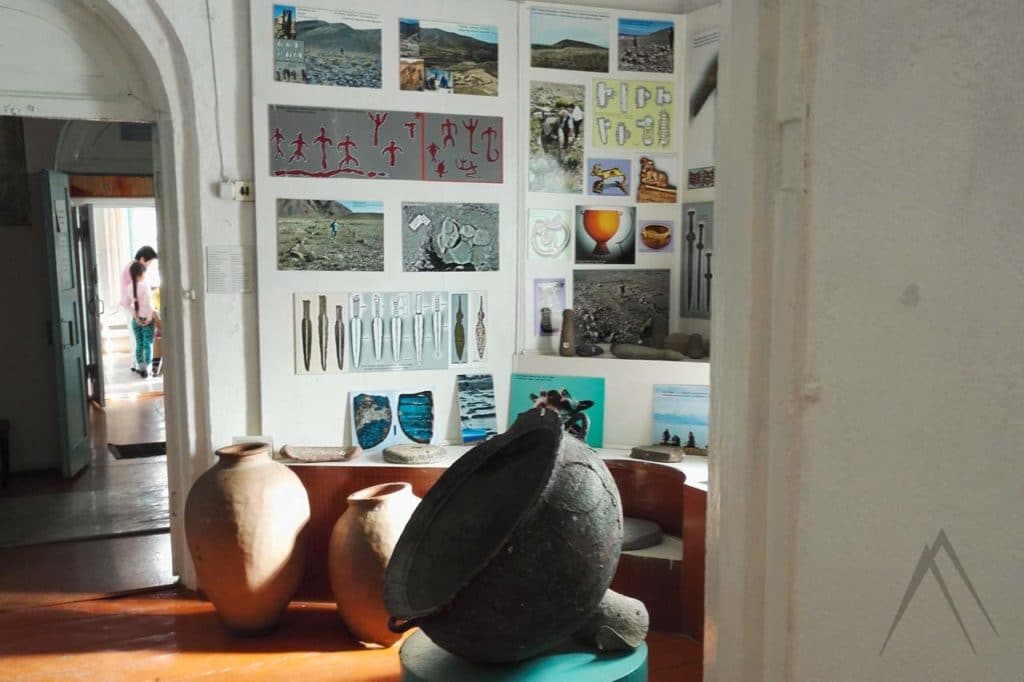
Przhevalsky museum
Przhevalsky museum is located about 10 km northwest from Karakol, towards the shoreline of Issyk-Kul at the place where the house of the Russian explorer named Nikolai Przhevalsky had his house. Karakol used to be named after this explorer, by the order of the emperor of Russia but it was finally changed after the independence of Kyrgyzstan in 1991. Przhevalsky is named as the first nature explorer of Central Asia and the museum dedicated to his work presents stories about his trips and discoveries together with a lot of stuffed animals.
The museum is located in a bit overgrown park where there are large statues of the explorer. From the far end of the park, there is a view down to Lake Issyk Kul and to the old harbor with cranes still standing, that was used to transport the coal by boats through Issyk Kul to Balykchy until the mining operation was stopped as there was inconveniently too much uranium in the coal mined in the area. From Balykchy the coal was further transported by rails which is the reason the railway was built.
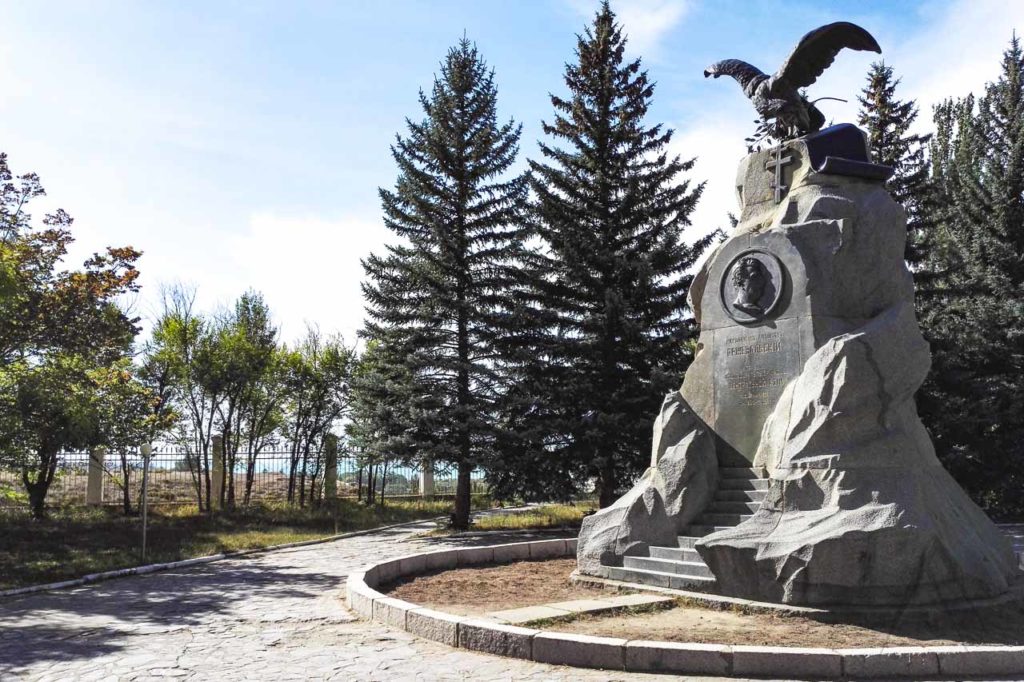

What to eat in Karakol
Dungan food
Dungan people are originally muslim Chinese that have immigrated to Central Asia and there is a lively community of them in Karakol. Another larger center of Dungan people is west from Bishkek in the town called Alexandrovka that got its name when the Russian tzar gave land for the Dungans to settle to. The tone of the Dungan language sounds a lot like Chinese and the food culture has a lot of influence from Chinese food. There are few places in Karakol where you can enjoy a Dungan dinner and to see how the Chinese and Central Asian cuisines have mixed.
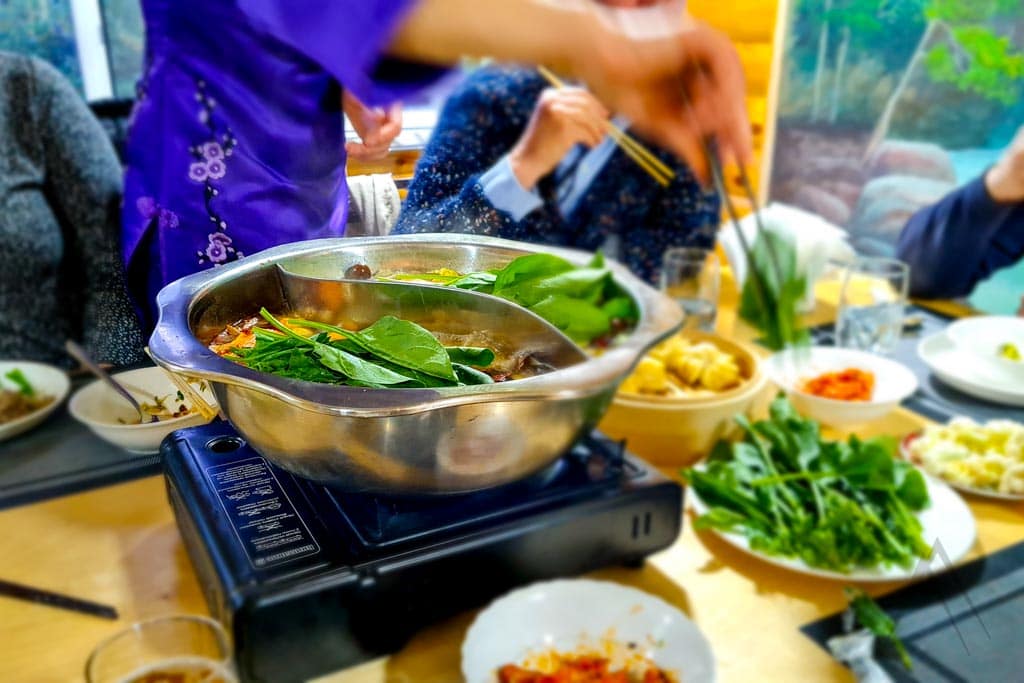
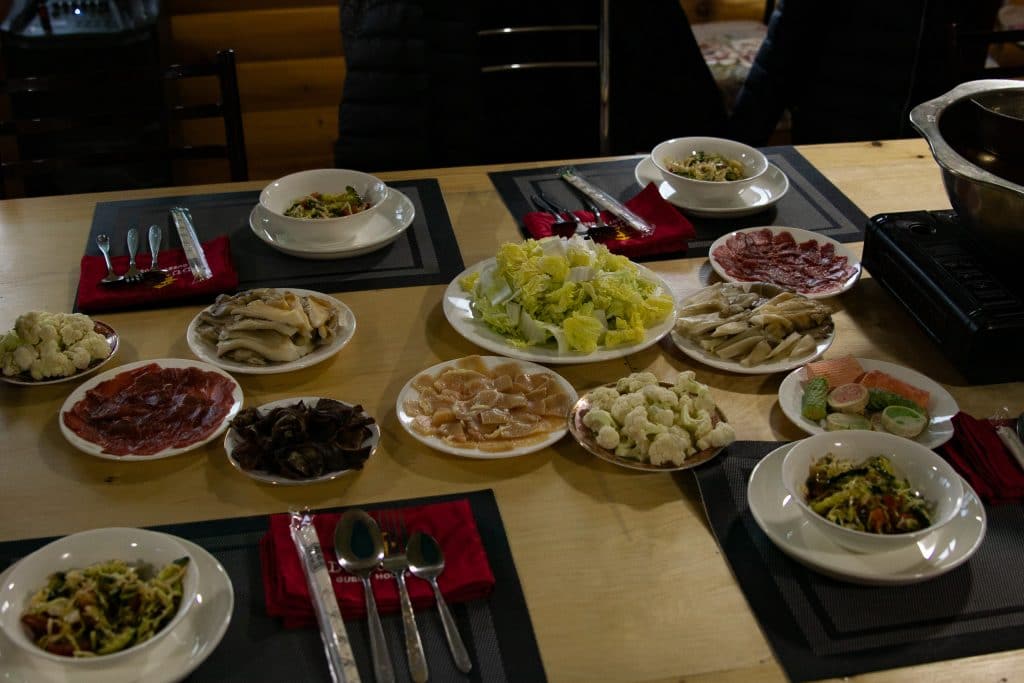
Ashlan Fu
Ashlan Fu is actually not a sight but more like an experience. Be sure to try this dish when in Karakol. They know how to make it best in Kyrgyzstan. Ashlan fu is made from two different noodles, has lots of chili and is usually served together with fresh, hot piroshki (pies) made from potatoes that are fried in oil (so yummy!).
Bazar has several places to get the Ashlan fu fresh and steaming, but there are also restaurants in other parts of Karakol dedicated to serving only this one dish. The Bazaar of Karakol is located pretty much in the center of the town.

What to Buy in Karakol
Karakol is on of the the best places in Kyrgyzstan to buy small felt made products. They also specialize creating small animal figures out of felt that make a great souvenir for children. Other products to buy from Karakol are the local honey that is largely available in the bazar and the sea buckthorn products including all from bath salts to edible products. There are also interesting locally produced soaps and jams sold in several shops and quite often also in the hotel lobbies.
Karakol Tours
Visit Karakol
Karakol can be reached from Bishkek by shared taxis or marshrutkas. The marshrutkas (minibusses) leave from the west bust station of Bishkek and most of them drive to Karakol through the northern side of Issyk Kul through Cholpon Ata and Tuyp as it is the faster route due to better roads. If you want to visit some southern Issyk Kul side sights on the way from Bishkek, you can change the ride in Balykchi at the west end of Issyk Kul or even continue towards Kochkor or Naryn from there.
Most of the southern side areas of interest can be reached from Karakol so it is a good option to use it as a base for exploring the area. If you want to explore the Northern side of Issyk Kul, Cholpon Ata is the best place to use as a base. There are no public transportation options available to Karkara valley which is a silent and rugged valley between Kyrgyzstan and Kazakhstan but has some interesting burial mounds, the San Tash legend stones and even the ruins of a medieval castle that has guarded the silk road. The airport in Karakol is not in use at the moment for commercial flights.
A new, quick option is available flying to Karakol town from the capital Bishkek. Asman Airlines now offers a 30-minute flight between Bishkek and Karakol. The flights are operated twice a week on Thursdays and Sundays. The cost is approximately 3100 KGS one way. On December 11, 2024, Kyrgyzstan’s President Sadyr Japarov inaugurated the newly reconstructed Karakol International Airport in Karakol town. Officially designated as the Karakol International Airport, Issyk-Kul branch of JSC Manas International Airport, the facility is designed to handle up to 250 passengers per hour.
Sights & Destinations near Karakol
Page updated 15.12.2024